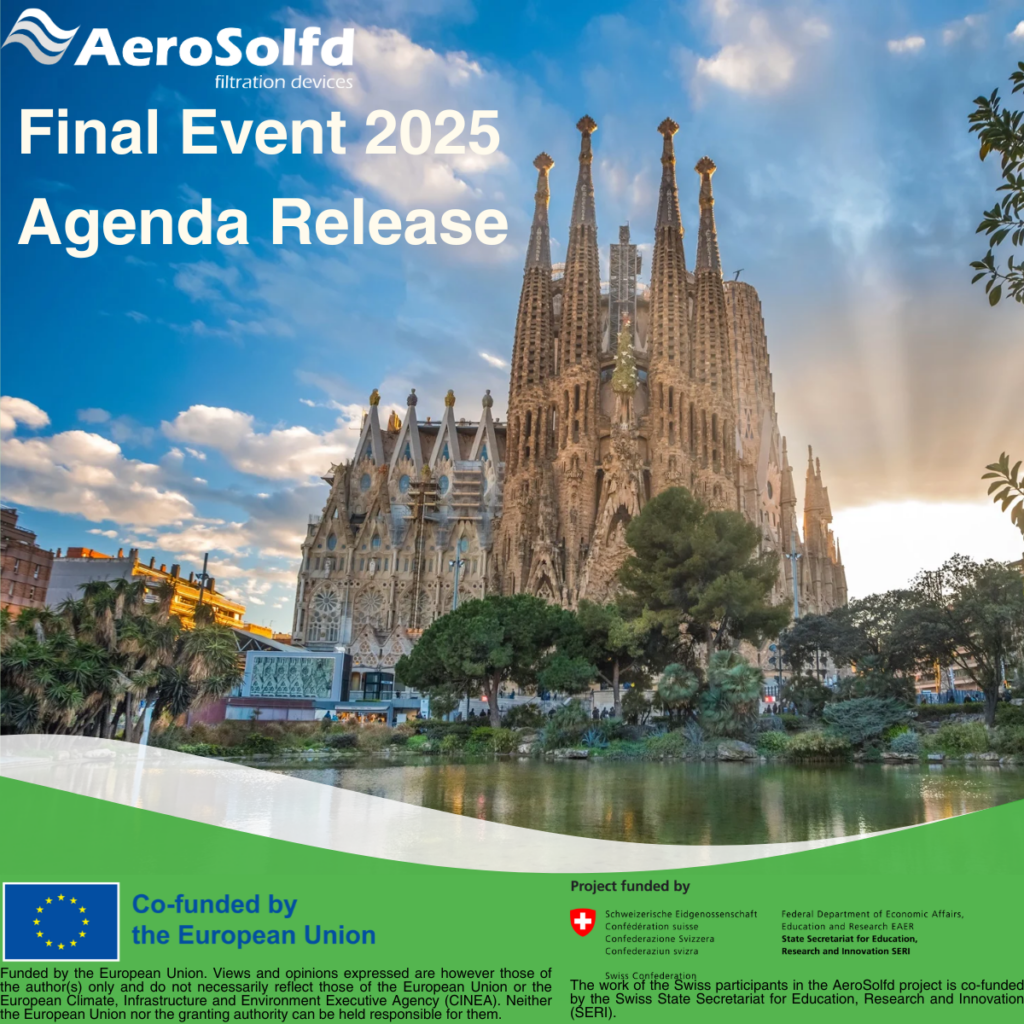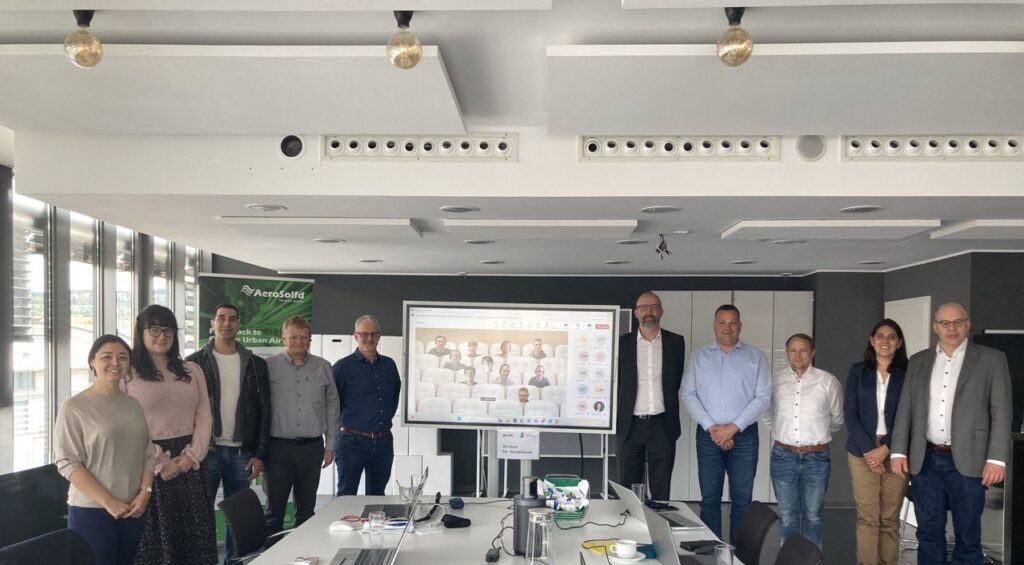Insights on measuring the exposure levels of air pollutants in (semi-)closed spaces
AUTHOR(S):
A. Mayer1, J. Czerwinski1, Th. Lutz1, F. Legerer1, M. Wyser3, P. Comte4, L. Larsen1, L. Rubino1, K. Vasilatou5, D. Engelmann4, M. Knoll6, H. Burtscher2
(1 VERT, 2 FHNW University of Applied Sciences, Windisch, Switzerland, 3 FOEN Retired, Bern, Switzerland, 4 AFHB, University of Applied Sciences, Biel, Switzerland, 5 METAS, Bern-Wabern, Switzerland, 6 Graz University of Technology, Graz, Austria)
With regard to air pollution from vehicles, it has been demonstrated that not all engines are equal. In fact, a relatively small number of cars and trucks—approximately 4 to 8%—are responsible for the majority of harmful particle emissions in urban areas. These so-called “high emitters” or “dirty tail” vehicles can drastically increase pollution levels, even if most of the fleet is running clean.
A smart and simple solution to this issue would be to count the number of particles in a vehicle’s exhaust during routine inspections. First proposed by VERT in 2016 during the Dieselgate hearings, this method is now part of regular technical inspections in countries such as Germany, Belgium, the Netherlands and Switzerland. Inspection of a vehicle’s filter can be efficiently conducted using Particle Number (PN) measurements, enabling swift identification of operational status or the necessity for rectification.
The concept is straightforward: rather than conducting tests solely for new vehicle standards, why not assess the actual causes that are already present on the roads? By measuring particle emissions for a brief period, authorities can identify and repair high-emitting vehicles, thereby significantly reducing urban air pollution.
This novel approach is already demonstrating remarkable results, aligning seamlessly with AeroSol’s mission to enhance urban air quality through cutting-edge retrofit solutions. This demonstrates that a small amount of data can have a significant impact, particularly in relation to the air we all breathe.
—
Read the full open access report on SPRINGER NATURE Link:
Nanoparticle Counting for PTI: The Dirty Tail Paradigm



